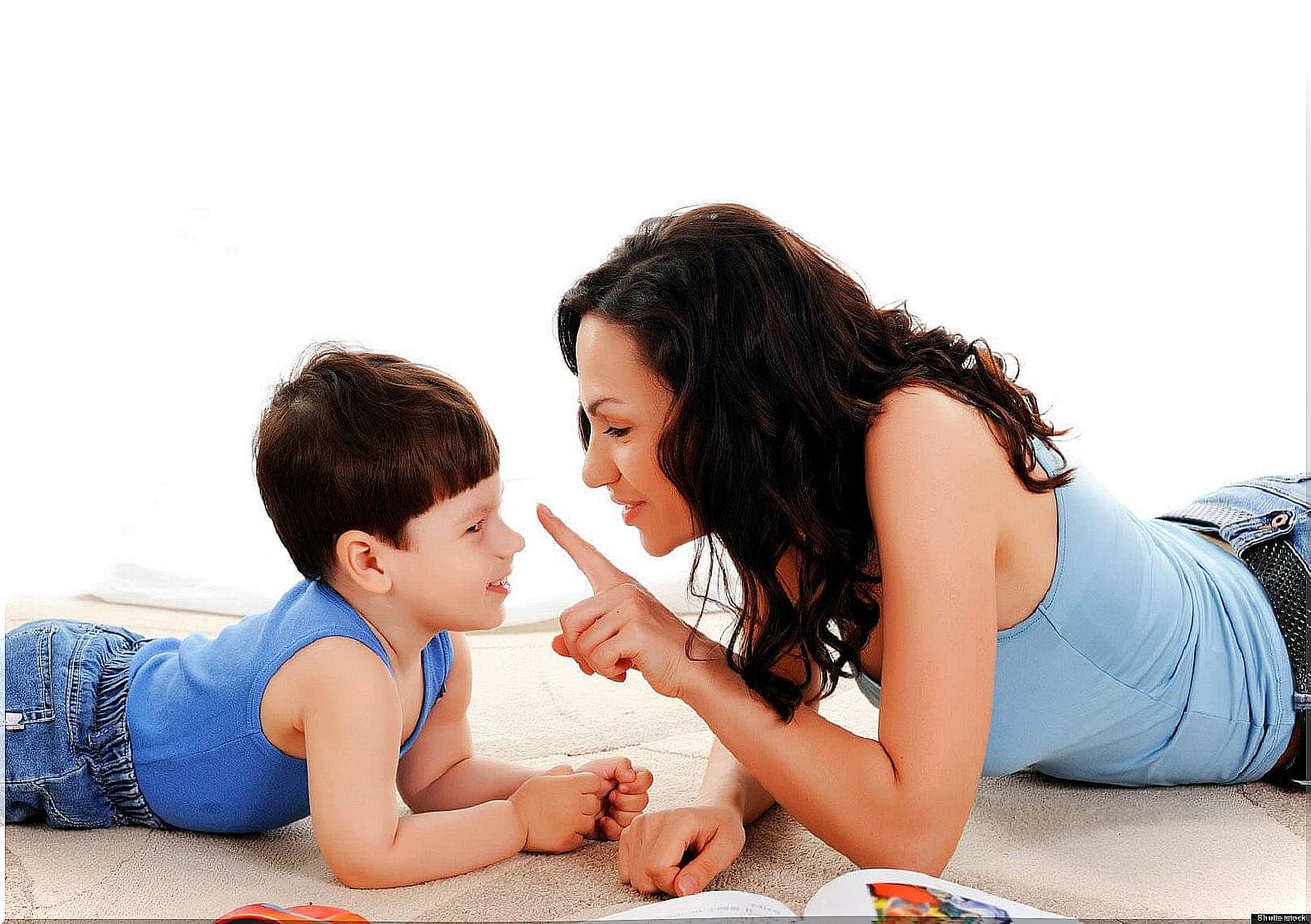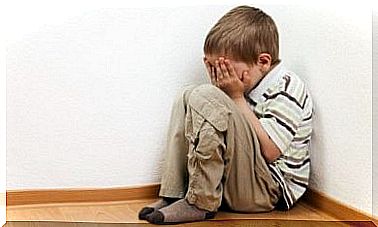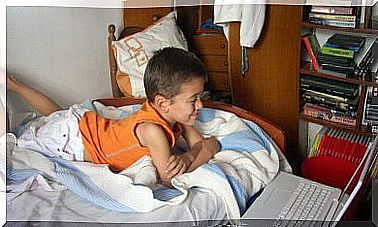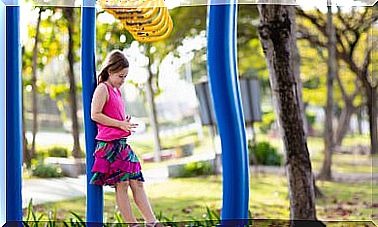How To Say “no” To Children In A Positive Way?

Communicating positively with our children not only favors the family environment. It also promotes better social relationships with other children.
Today there are several models of positive parenting that are committed to creating healthy bonds, through a constructive and, above all, friendly form of communication.
Teaching children to be good is a much easier job if we minimize denials. The best part is that, as experts in the field maintain, with this practice we get more and better results in the little ones, than if we keep the “No” for everything: “Don’t run”, “Don’t do that”, ” Don’t yell ”,“ Don’t touch that ”.
You probably spend days, afternoons and nights saying that annoying word. That not only causes you discomfort, but it leads you more easily to frustration and loss of patience.
Now, by imitation, children will begin to say “No” to everything. For this reason it is important to resort to other techniques. Isn’t it distressing to receive a “No” from our children as the only answer to a question? For example: Why don’t you want to go see the dog with me?
The “No” limits them, does not teach them to give explanations and, therefore, does not help them to see the panorama from a constructive perspective and the possible solutions to the different difficulties. Therefore, saying “No” to something, without giving explanations, does not teach them to think.
Tips for parents

When you reiterate the word “No,” you convey a negative message to the child. And, be careful, it is not about accepting everything. Rather, it is about learning to act, think, and express ourselves in a positive way.
It is necessary to maintain the balance in the matter of decisions. This will help to promote awareness and responsibility about their actions and their consequences.
It will also promote the autonomy and independence of the child, and good self-esteem. On the other hand, you will get children to reduce the number of tantrums that drive us so mad.
Save that harsh and excessive “No” for the most extreme cases and take the following tips to ensure that you implement the rules in a positive and successful way.
- Always provide an alternative. A good idea is to give it an option to do, rather than just overriding it.
- Explain what could happen if you don’t denounce your attitude The child must understand the consequences of his action.
- Develop the house rules and reasons for their establishment. Don’t dictatorially refuse to let him eat sweets or watch TV all day. State the reasons for rationing their consumption and that they understand and respond to those limits.
- Postpone the request. If, for example, your child wants to play with you but you are busy, just express it. Then tell him that you will do it later and, of course, keep that commitment.
Talk positively with other children
When we apply the strategies proposed by positive parenting, children benefit in many ways. One of the most noticeable is the interaction with other children (siblings, cousins, classmates, friends, etc.).
By perceiving a harmonious environment in their family nucleus and participating in constructive and, above all, assertive communication, children will imitate this model when interacting with other children their age. Thus, indirectly, the game is enriched and, through pampering, good bonds are created.

On the other hand, children will get used to “reject” or rather, do without aggressive behaviors and expressions in the classroom. This means that, when they see that a partner reacts in an unhealthy way, they will not go along with it easily and, they may even ask themselves: What is wrong? Why is he doing that?
We must take advantage of these questions to reflect with our children about the situations (of course, we must take into account the age of the child and the situation) and help them obtain the tools they need to understand the why of things and how they can act .
Teaching them to interact in a positive way with other children helps to definitively break the chain of negativity and to achieve a friendly environment. Consequently, the learning process will be significantly optimized.










